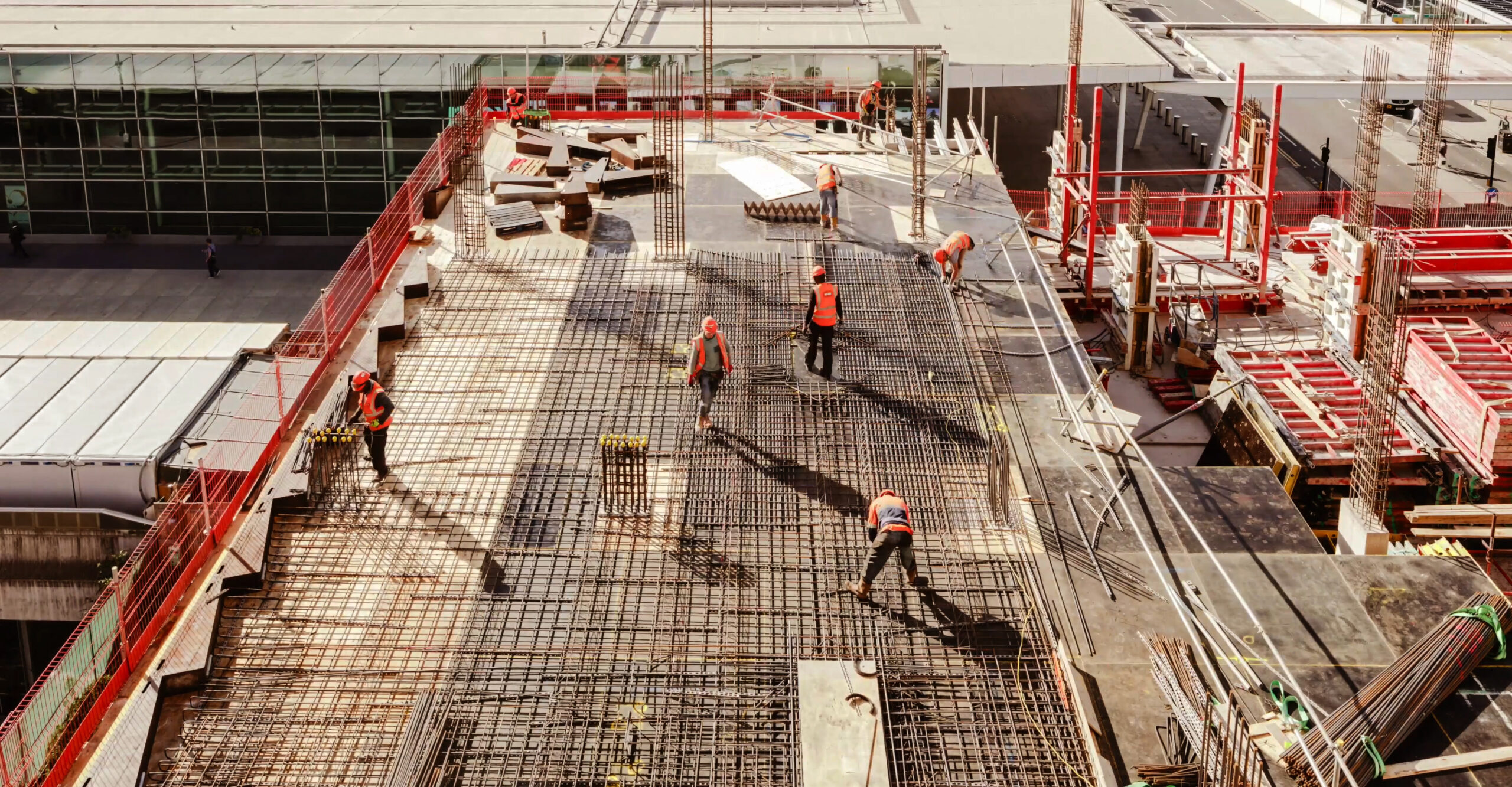Embodied carbon forms almost 30% of the carbon footprint of the built environment. Most of this embodied carbon comes from the manufacturing of commonly used building materials like cement, concrete and steel.
The share of embodied carbon, in India and globally, is expected to increase to more than 50% by 2050 as the share of operational carbon, i.e., emissions resulting from energy consumed during the use of buildings, declines over time. The buildings sector needs to address embodied carbon in new construction projects to achieve net-zero targets by 2050.
Green building rating agencies can drive progress towards net zero achievement by increasing the ambition of green certifications. Currently, however, most ratings are focused on addressing operational emissions. The weightage given to embodied carbon through the use of ‘green’ materials is less than 8-9%, which means that green building certifications can be achieved regardless of the kind of materials used. Additionally, definitions of ‘green’ materials vary across standards, complicating the mechanisms further.
Strengthening green building rating methods will be critical to intensify the focus on embodied carbon when assessing of what constitutes a green building. This can be done by mandating whole life carbon evaluation of buildings, increasing weightage for use of green or low-carbon materials, and harmonising green material labelling methods. These measures can drive the construction industry towards net-zero by raising the standard of what constitutes as green, both in terms of buildings as well as materials.
Download our report: A Case for Including Embodied Carbon in Green Building Ratings
Learn more about Build Ahead
Stay up to date with our latest interviews by following us on social media (LinkedIn I Twitter), or Contact Us to find out how we can help your leaders and organisation create people and planet-positive impac



